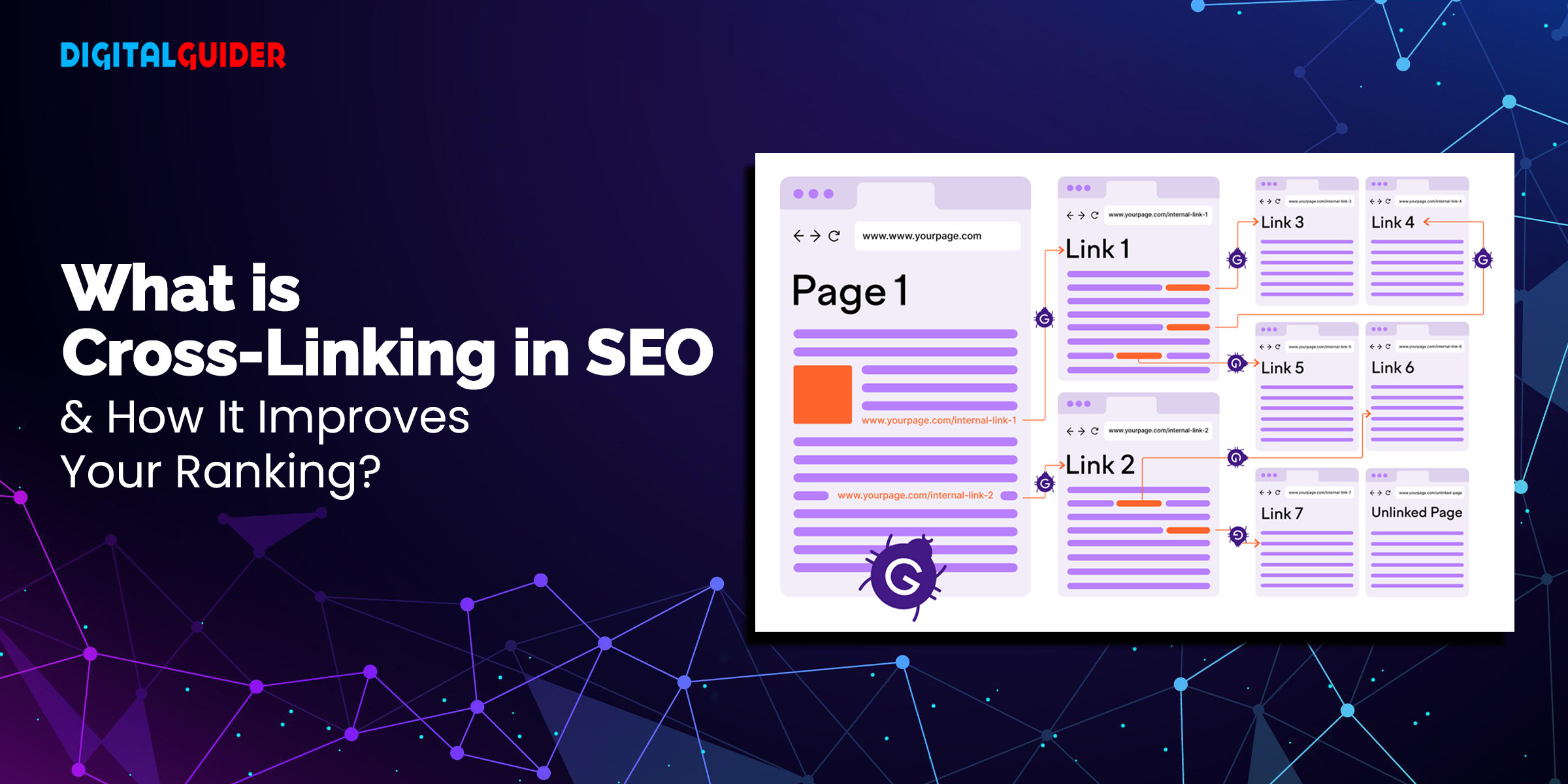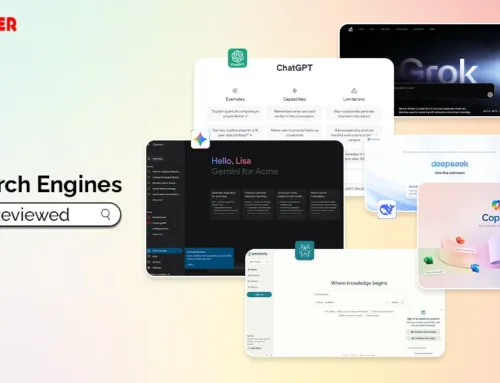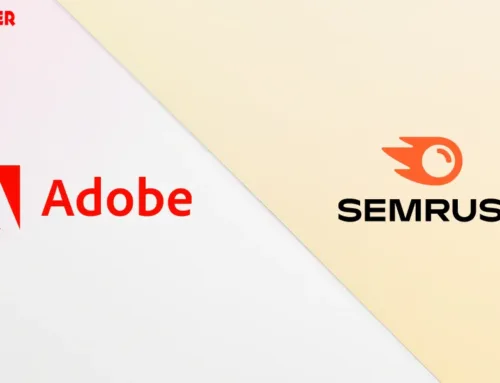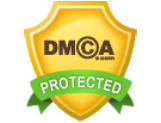Do you know you can pass PageRank legally for your multiple domains with SEO cross linking?
Wondering what is cross linking in SEO? And how will it benefit your domain authority & ranking?
In this blog, we will discuss what is cross linking in SEO, its multiple benefits & how you can do it for your domains.
What Is Cross Linking In SEO?
Cross linking is when you link two different websites together. Inbound links from higher D.A. ( domain authority) websites increase your website’s authority & ranking. The higher the number of inbound links, the better.
Cross linking on your website gives a green signal to search engines bot that your website is authoritative and trustworthy. Websites that use database-based crosslinks display better user metrics, such as how long users spend on a page and how many pages they visit.
You can see most cross links at any website’s footer, header, or sidebar.
See, on our website’s footer, you can see Amazon ads verified partner badge.
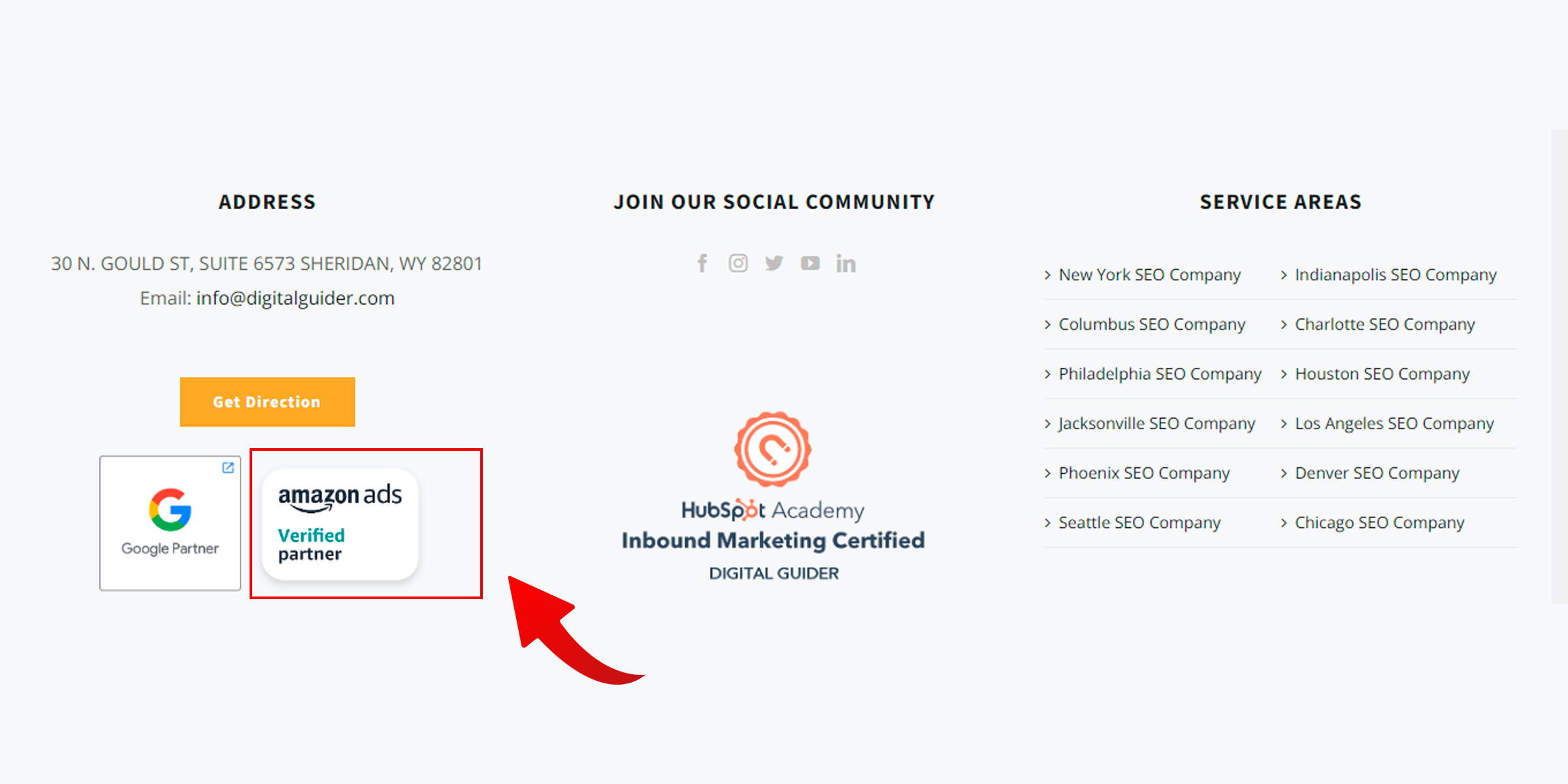
Here, we are linking Amazon ads website URLs on our footer containing the Digital Guider profile.

Now see the Amazon ads website, you can see, Digital Guider has a dedicated webpage on the Amazon ads website, which means we are also acquiring links from the Amazon domain.
When Page A ( Digital Guider ) links to Page B ( Amazon Ads ) of different domains, and Page B also links to Page A, it is known as crosslinking in SEO.
What Is The Difference Between Cross Linking & Backlinking
Now, if you know about the link-building concept in SEO, you must wonder, isn’t this an example of a backlink?
To answer your question, no.
Backlinking & cross linking are two different concepts.
While backlinks and crosslinks are essential for SEO, they have different purposes.
Let us explain further.
- Backlinks are links from other reputed websites to your website. Search engines use them as a ranking factor, which can help your website rank higher on search results pages. The more good quality backlinks your website has, the more likely it is to rank higher for the relevant search terms. You can get backlinks naturally or buy them ( not recommended ).
Also Read: Backlinks vs. Referring Domains: Everything You Need to Know
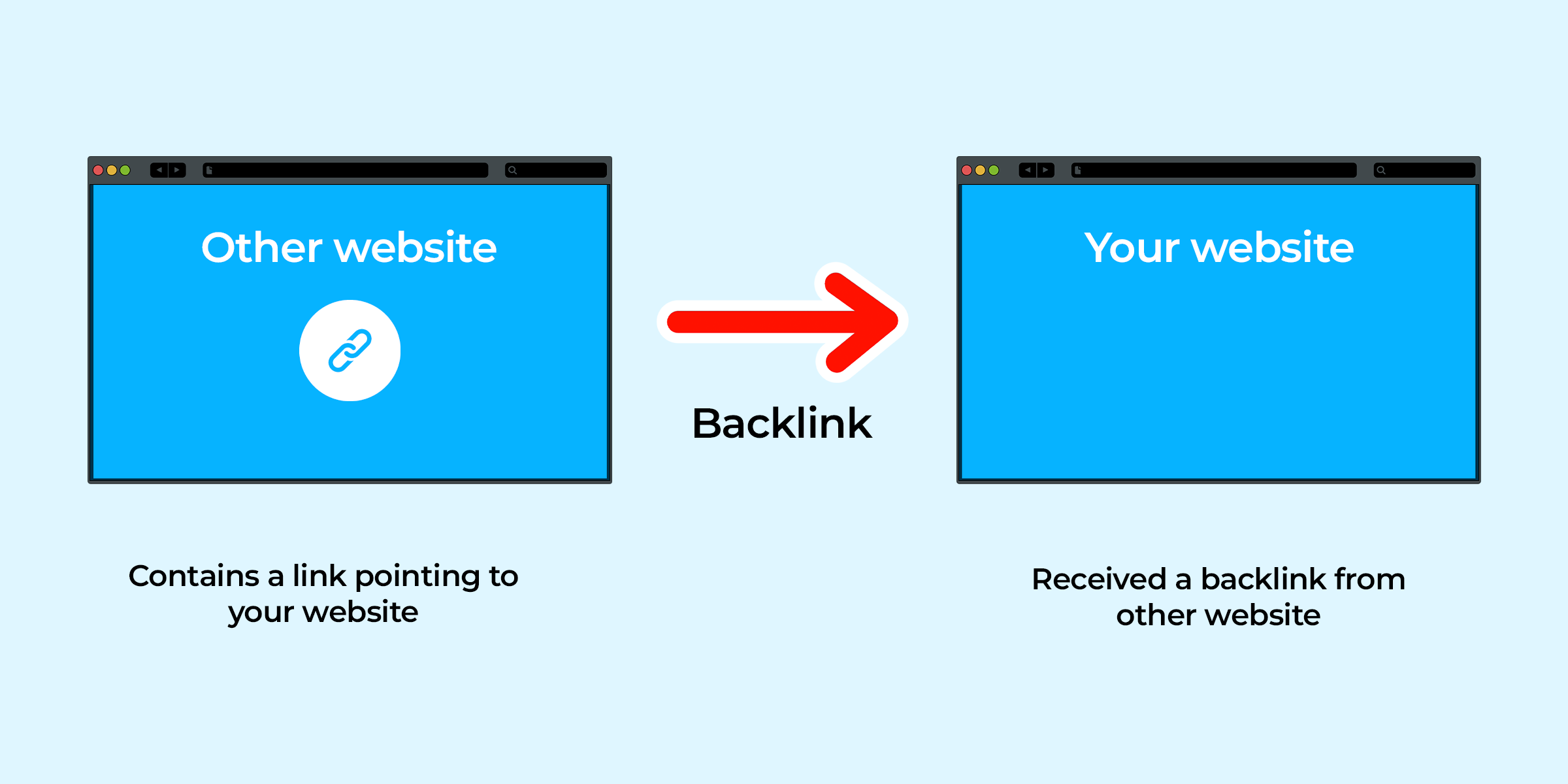
On the other hand,
Crosslinks are links from one website page to another or can be done on other domain websites. This can be beneficial for search engine optimization (SEO), as it improves the internal linking structure of a website, allowing users to navigate the website more quickly and find the desired information.
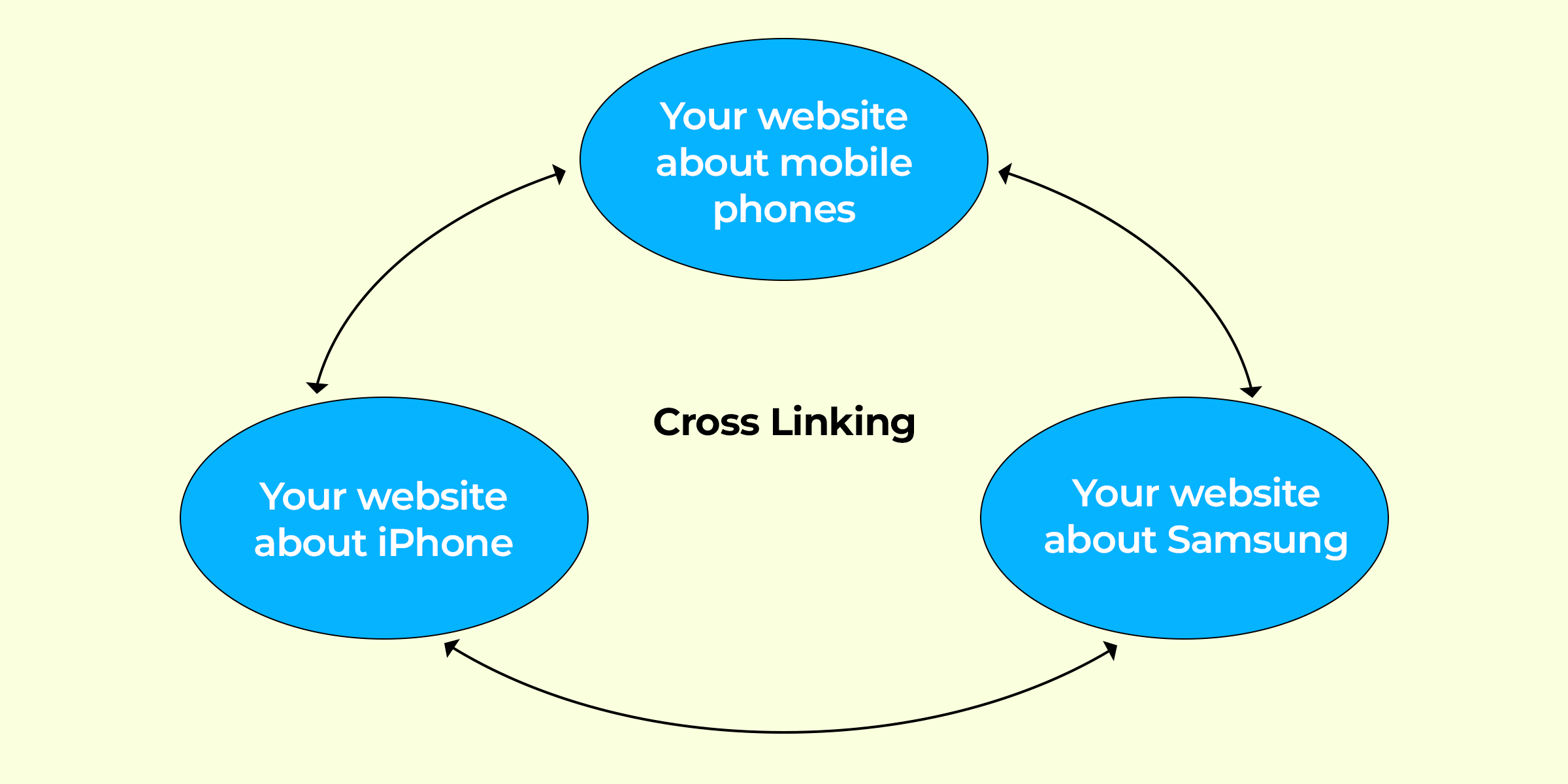
Benefits of SEO Cross linking
Picture this – you visit a website and find yourself lost in a puzzle of content, desperately trying to find what you’re looking for.
Frustrating, right?
Cross-linking comes here to rescue you! By strategically linking relevant pages within your website, you create a roadmap for your website visitors. It allows them to seamlessly navigate between different sections, find related information, and explore more of your excellent content.
2. Enhanced User Experience
When users land on your website, you want them to have a delightful and engaging experience to reduce your bounce rate.
Cross-linking contributes to this with a responsive website by connecting users to relevant and helpful content. It keeps them hooked, encourages them to stay longer, and helps them find answers to their queries. Happy users mean better engagement, increased time on site, and a lower bounce rate, which gives positive signals to search engine crawlers that your website is worth ranking higher.
3. Spreading Link Juice
With cross-linking, you can spread that extra bit of link juice around different pages on your website. When you link to high-quality pages from other pages on your website, they become more authoritative and important to search engines.
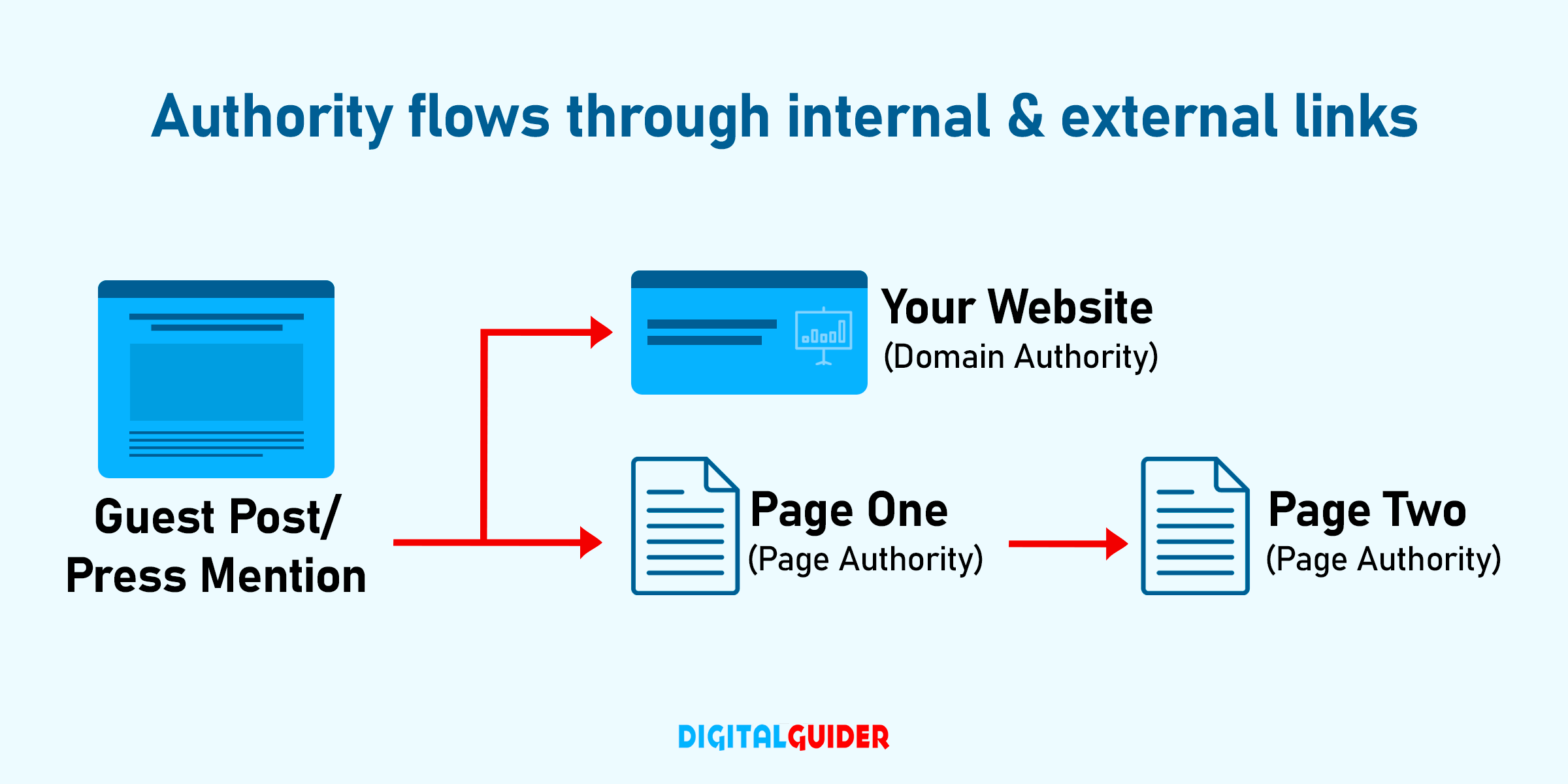
That can help boost their rankings, giving them more chances to appear in search results.
4. Establishing Website Hierarchy
Imagine your website as a well-organized library. Cross-linking helps you organize the shelves and put the books in their proper place.
A logical structure through internal links establishes a hierarchy of important and relevant pages. Search engines pick up on this structure, allowing them to understand the relationships between different pages and their significance.
A clear and logical hierarchy helps search engines index your website more effectively and improves its crawlability.
5. Maximizing Content Exposure
You’ve poured your heart and soul into creating amazing content, right?
Well, cross-linking ensures that your business blog gets the attention it deserves. You can amplify your content reach by exposing users to more of your valuable content by linking to related articles, blog posts, or product pages within your own website. This not only increases their engagement but also encourages them to explore further and discover more content within your website. It’s like guiding them on a journey of discovery through your website.
8 Best Practices for SEO Cross Linking
Now that we know all the advantages of adding cross-linkage to your SEO strategy, it would be a waste of time if you weren’t actually implementing cross-linkage on your website.
You can leverage cross-linking effectively to enhance user experience and improve your website’s responsiveness & visibility in search engine rankings.
Here are some best practices to consider regarding cross-linking in SEO.
1. Keep it Relevant
When cross-linking, ensure the pages you’re linking are related and provide additional value to the user. Linking unrelated or irrelevant pages can confuse visitors, and the purpose of cross-linking will be lost. Stay focused and connect pages offering complementary information or guiding users logically through your website.
If you have a blog post about for your fitness business -like, “The Benefits of Regular Exercise,” you can cross-link to other related blog posts such as “Effective Workouts for Weight Loss” or “Healthy Diet Tips for Fitness Enthusiasts.”
This allows users to navigate through your content and discover related topics quickly.
2. Use Descriptive Anchor Text
Anchor text is the clickable text users see when they encounter a link. It is preferable to be descriptive and use relevant keywords within the anchor text to provide context to users and search engines. Instead of generic phrases like “click here,” use meaningful text that accurately represents the linked page’s content.
For example, if you’re linking to a page about “best SEO practices,” use anchor text like “learn about the best SEO practices” to provide clarity.
While using descriptive anchor text is essential, avoid using the exact text repeatedly for cross-linking within your website. Focus on diversifying your anchor text by incorporating variations of keywords and phrases. This will help search engines understand your content’s different aspects and provide a more natural linking profile.
A well-structured website with logical categories and hierarchical navigation helps search engines, and users find and navigate your content more efficiently. Paying attention to your website’s overall structure and organization can enhance the user journey, leading to quicker conversions.
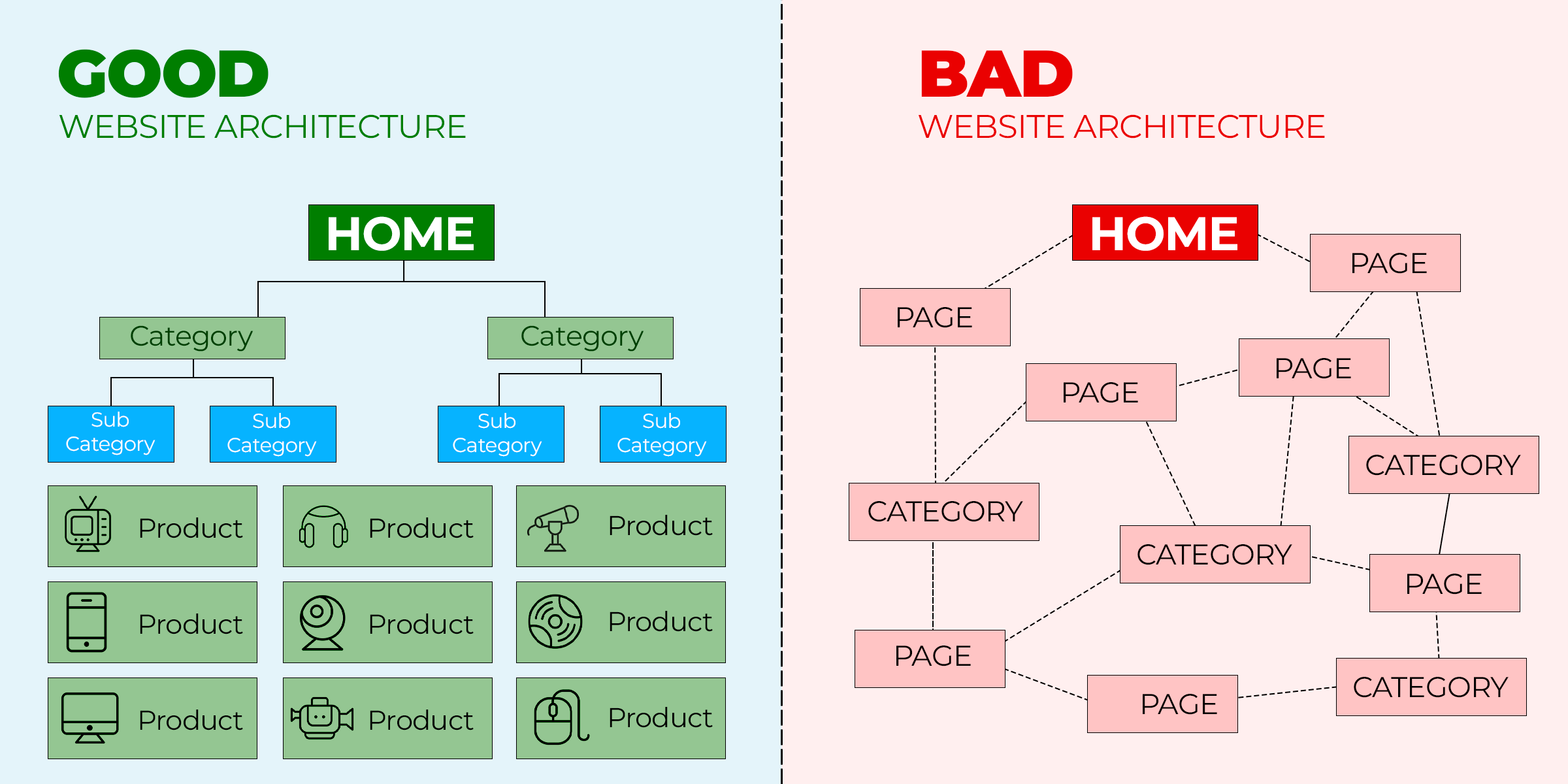
If you have an e-commerce website selling various product categories, creating clear categories, subcategories, and product pages is wise. This allows users to easily navigate different product offerings while providing opportunities for cross-linking relevant products within the same category.
Navigational menus provide users with a structured overview of your website’s sections, while breadcrumbs show the user’s current location within the site’s hierarchy. Therefore, for smooth navigation, implement clear navigational menus and breadcrumbs on your website.
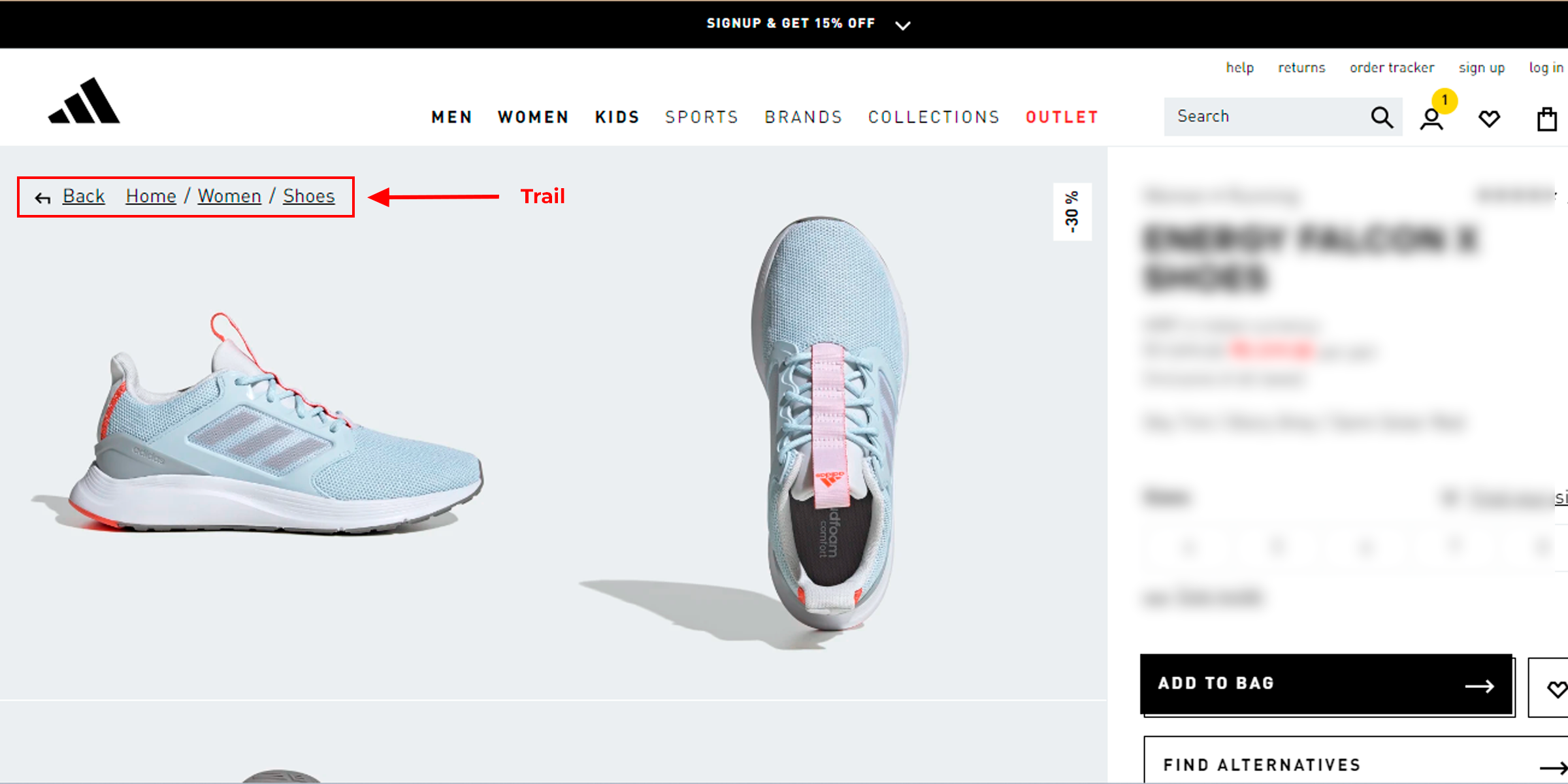
For example, if you have a clothing retailer’s website, your navigational menu could include categories like “Women,” “Men,” “Kids,” and “Accessories.” When a user clicks on the “Women” category, the breadcrumbs will display “Home > Women,” providing a clear path for users to navigate back or explore related subcategories.
5. Make your links crawlable!
If your links are not crawlable by Google’s search engine bots, it is the biggest SEO mistake you could ever make.
Google advises ensuring that each link has <a> tag with an href attribute, as Google’s crawlers won’t follow links that use other formats.
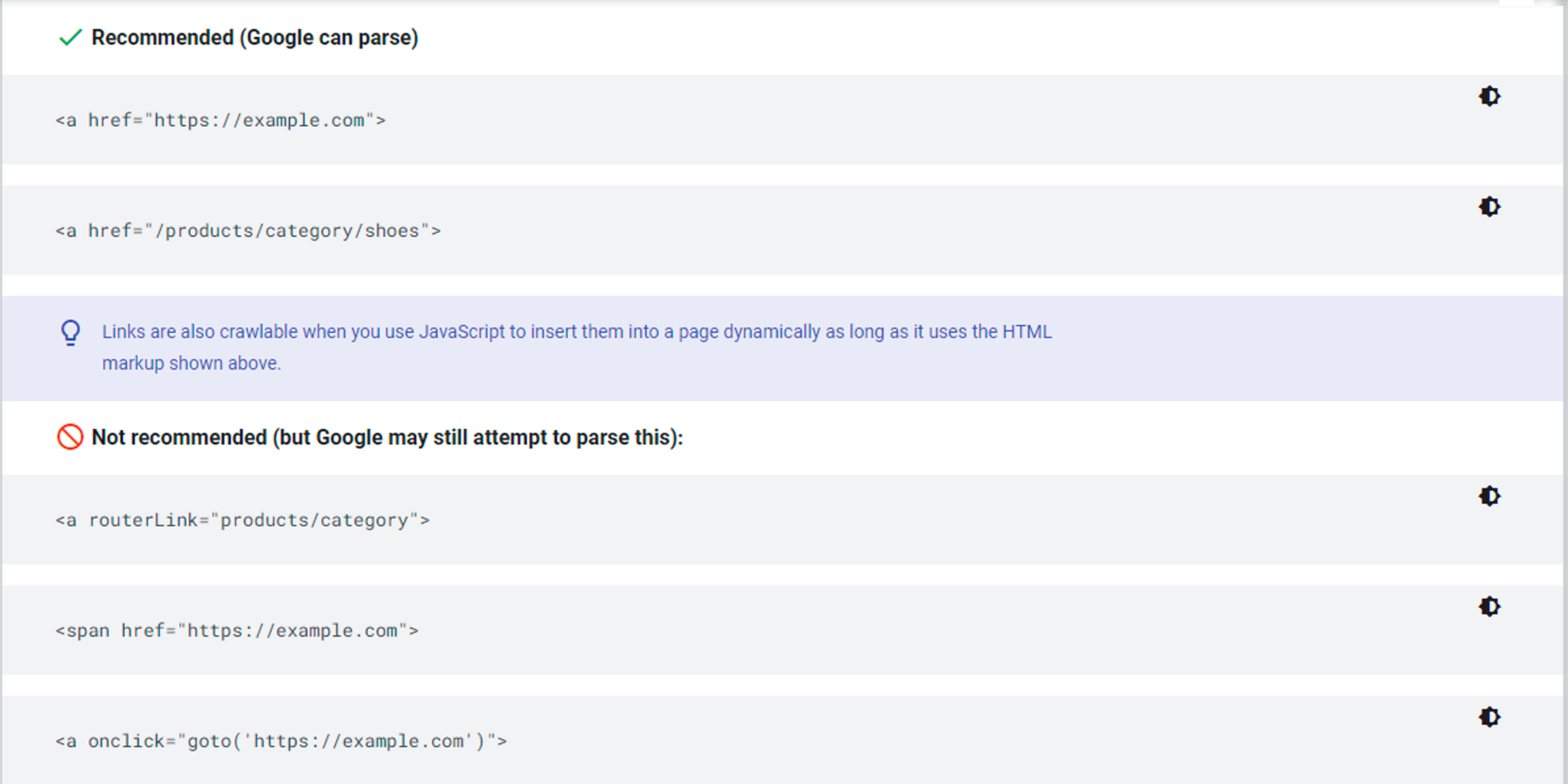
Use standard HTML links rather than JavaScript or Flash-based links, as search engines may have difficulty crawling and indexing non-standard link formats. If you’re using a drop-down menu for your website’s navigation, ensure the links are HTML-based and accessible to search engines. This ensures that all relevant pages can be discovered and indexed.
Utilize the header and footer sections of your website for cross-linking. These sections appear consistently across all pages, making them ideal for providing easy navigation and cross-linking opportunities.
In the header section, include links to important pages such as “Home,” “About Us,” “Contact,” and other key sections. In the footer, you can include links to essential categories, recent blog posts, or relevant resources.
This ensures that users can access important information from any page on your website.
7. Focus on End Goal – Conversions!
While cross-linking is essential for SEO, focusing on conversions and sales is equally crucial. Ensure that your cross-links guide users to pages encouraging actions, such as making a purchase, filling out a contact form, or subscribing to a newsletter, whatever your end goal.
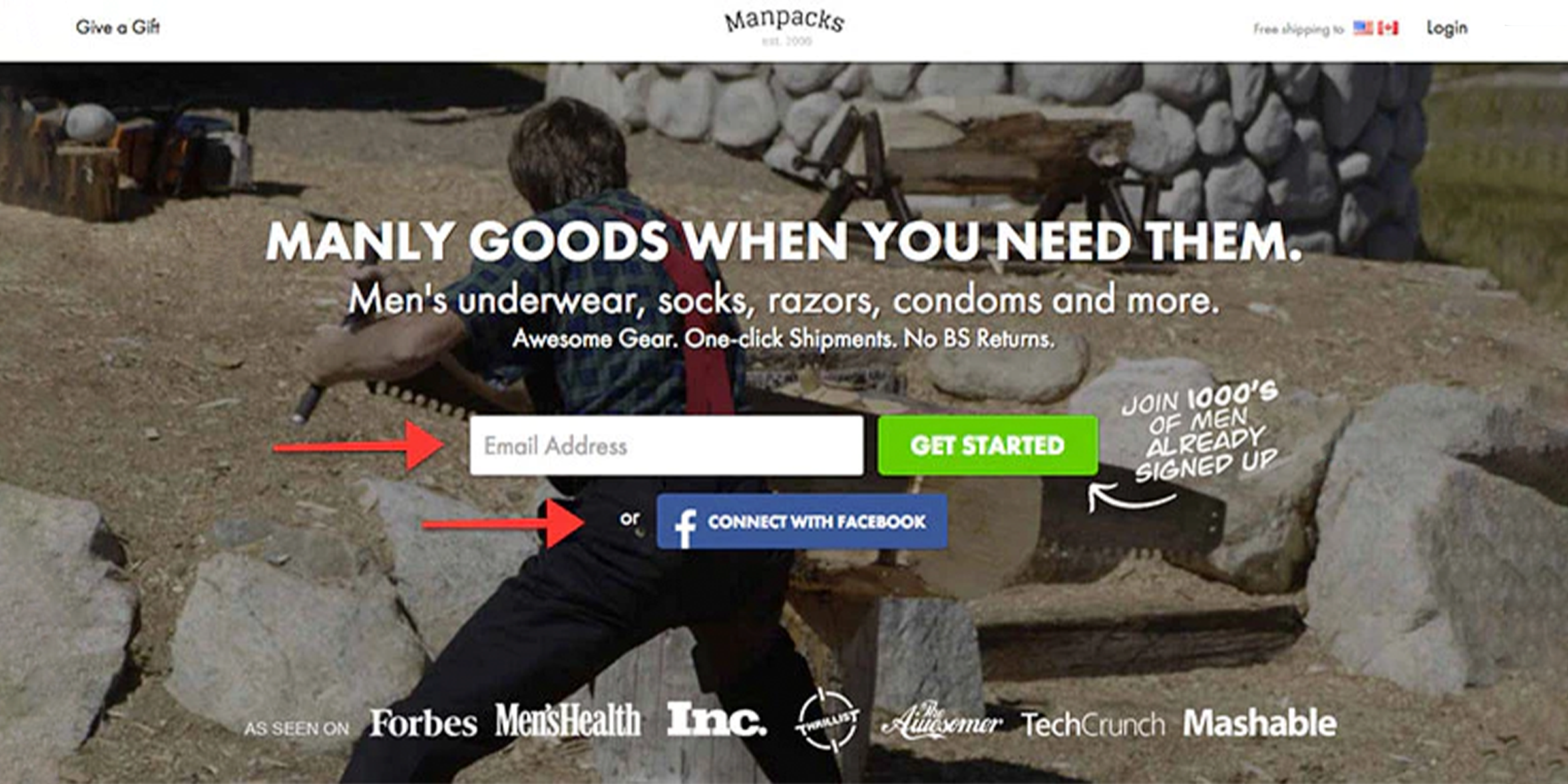
If you’re linking to a product page, include compelling calls-to-action like “Buy Now” or “Learn More,” and add some call-to-action messages also ( see above for reference). You can drive users towards desired actions you want them to take and improve your website’s overall performance & your revenue with more online sales by strategically placing cross-links with conversion-focused elements, such as CTA.
8. Monitor and Update Cross-Links
Regularly reviewing and updating your cross-links is a great way to ensure they remain relevant and functional. Broken links can negatively affect user experience and hinder search engine crawling.

You can use tools like Xenu’s Link Sleuth or Google Search Console to identify broken links on your website and fix them promptly by updating or redirecting them to relevant pages.
How Does Google Detect Cross-Linking?
Cross-links are a great way to enhance your website’s navigation and help visitors find what they’re looking for.
However, cross-linking too many of your own websites can be misinterpreted as an attempt to tamper with search engine results and can penalize your website.
Google uses various methods to determine if you are cross-linking your websites.
These methods include:
- IP address: If your websites share the same IP address or hosting provider, it may indicate a relationship between them. Google may use this information as a signal to identify cross-linking between websites owned by the same entity.
- Crawling and Indexing: Google crawlers (bots or spiders) crawl web pages to find new content and refresh Google’s index. A crawler follows links on a page. When Googlebot visits your website, it follows internal links (including cross-links) and collects information about your pages and their relationships.
- Anchor text: Anchor text is the visible, clickable text part of a link. When you link your own websites together, the anchor text that you select for your links can give Google signals about the content and the context of your linked pages. Google looks at the anchor text and the surrounding text on a page to understand the linked pages and how they relate.
- Link Patterns: Google’s algorithms look for patterns in how websites link together. If multiple sites in your network keep linking together in a consistent and organized way, it could be a sign that something is going on. Google’s algorithm looks for patterns that could signify manipulation or a system of artificial linking.
For passing Page rank effortlessly, you can consider these factors while adding cross linking on your website and slide safely from Google bots penalization.
Conclusion-
A cross-link is an SEO technique that helps your website rank higher while improving the user experience. It links pages that are relevant to your site and links to reputable external sources. Cross-linking makes your website better for users, better for search engines and makes your website more authoritative.
Consider Digital Guider’s SEO services if you need professional guidance to implement effective SEO strategies and optimize your cross-linking efforts. As a leading provider of digital marketing solutions, Digital Guider offers comprehensive SEO services tailored to your business needs.
It’s important to remember that cross-linking isn’t just about boosting your search engine rankings. It’s about improving the user experience, giving valuable resources, and pointing people in the right direction. By including cross-linking in your SEO plan, you’ll be able to create a more unified and easy-to-use website that will show up higher in search results and attract targeted organic traffic.
Cross-Linking FAQ
How does cross-linking improve your website's ranking?
Cross-linking improves your website's ranking by providing clear navigation paths for users and search engines, increasing the visibility and accessibility of your content. It also signals the relevance and authority of your website, positively impacting your rankings in search engine results.
What are the benefits of cross-linking in SEO?
Cross-linking offers several benefits, including improved user experience, enhanced website authority, better crawling and indexing by search engines, increased organic traffic, and higher rankings.
How can I implement cross-linking on my website effectively?
To implement cross-linking effectively, create internal links to every web page, use descriptive anchor texts, ensure crawlability of your links, focus on SEO website architecture, utilize header links and footer for cross-linking, prioritize conversions/sales, and incorporate navigational menus and breadcrumbs. If you want professional, Digital Guider can help you; just write us at info@digitalguider.com
Can cross-linking negatively impact my website's SEO?
When done correctly, cross-linking positively affects your website's SEO. However, excessive or irrelevant cross-linking, also known as spammy or manipulative linking practices, can harm your SEO efforts. Maintaining relevance, quality, and moderation in your cross-linking strategy is essential.
Should I only cross-link within my website, or can I also link to external websites?
While internal cross-linking is essential, linking to reputable external sources can add credibility to your content and enhance the user experience. External cross-linking can also lead to reciprocal linking and relationship-building with other websites in your industry.
How many cross-links should I include in my content?
There is no fixed number of cross-links to have in your content. Focus on quality rather than quantity. Use cross-links strategically where they add value, guide users to relevant information, and enhance the overall user experience. Avoid excessive linking that may overwhelm readers. If you want to give a professional touch to your website content, call us now at +1-307-209-3608.
Can I cross-link between different types of content, such as blog posts and product pages?
Yes, you can cross-link between different kinds of content as long as they are relevant to each other. For example, you can cross-link from a blog post discussing a particular topic to a relevant product page or vice versa, providing users with additional information and encouraging them to explore further.
Should I use the exact anchor text for all cross-links?
Using the same anchor text for all cross-links can be monotonous and may need to provide more context to search engines. It's better to use varied and descriptive anchor texts that accurately represent the linked page's content, improving user understanding and search engine optimization.
How can I measure the effectiveness of my cross-linking strategy?
You can measure the effectiveness of your cross-linking strategy by monitoring metrics such as organic traffic, referral traffic from cross-linked pages, bounce rates, and click-through rates. Analyzing these metrics will help you understand how well your cross-links are performing and make necessary adjustments for optimization.
